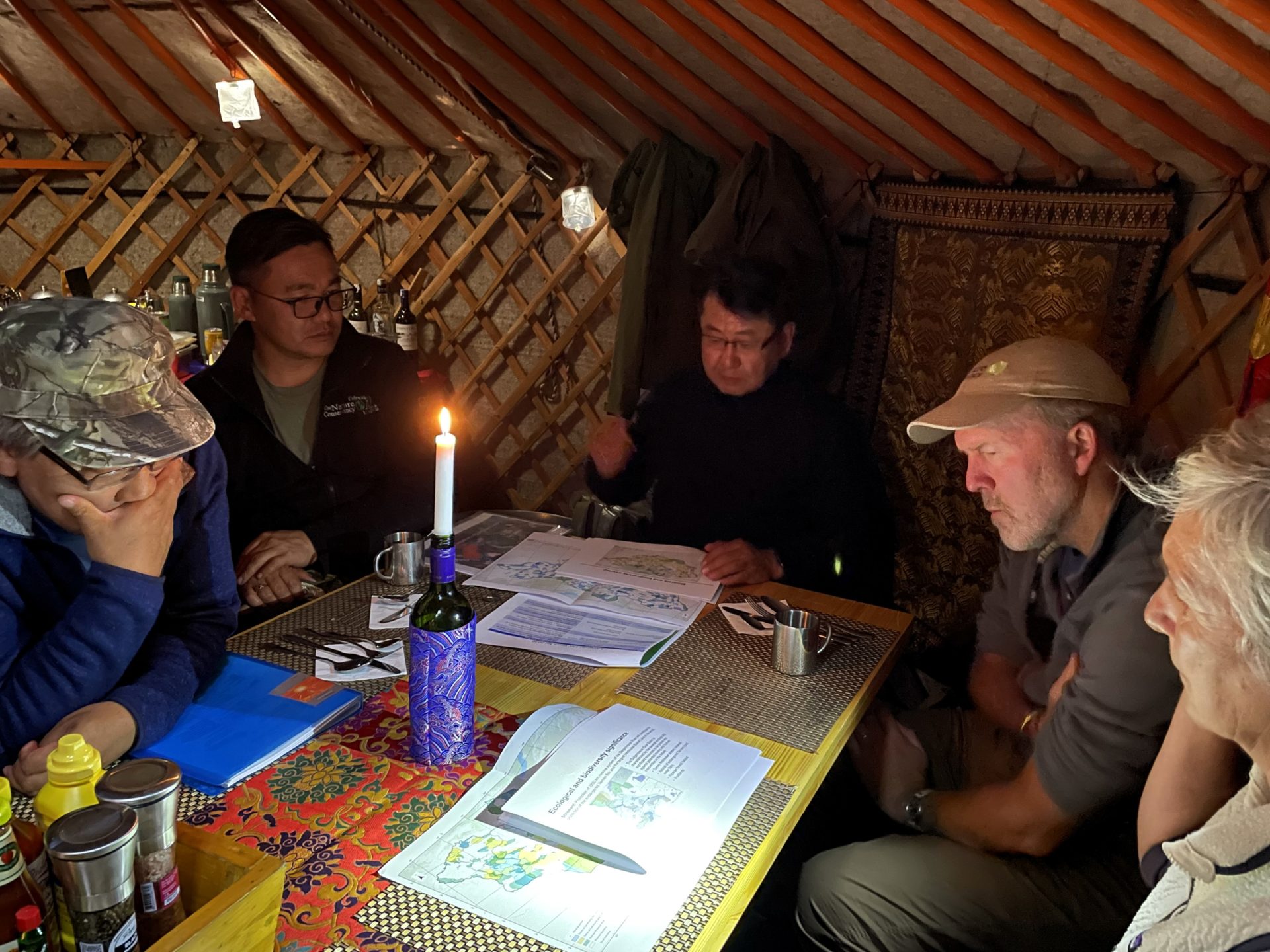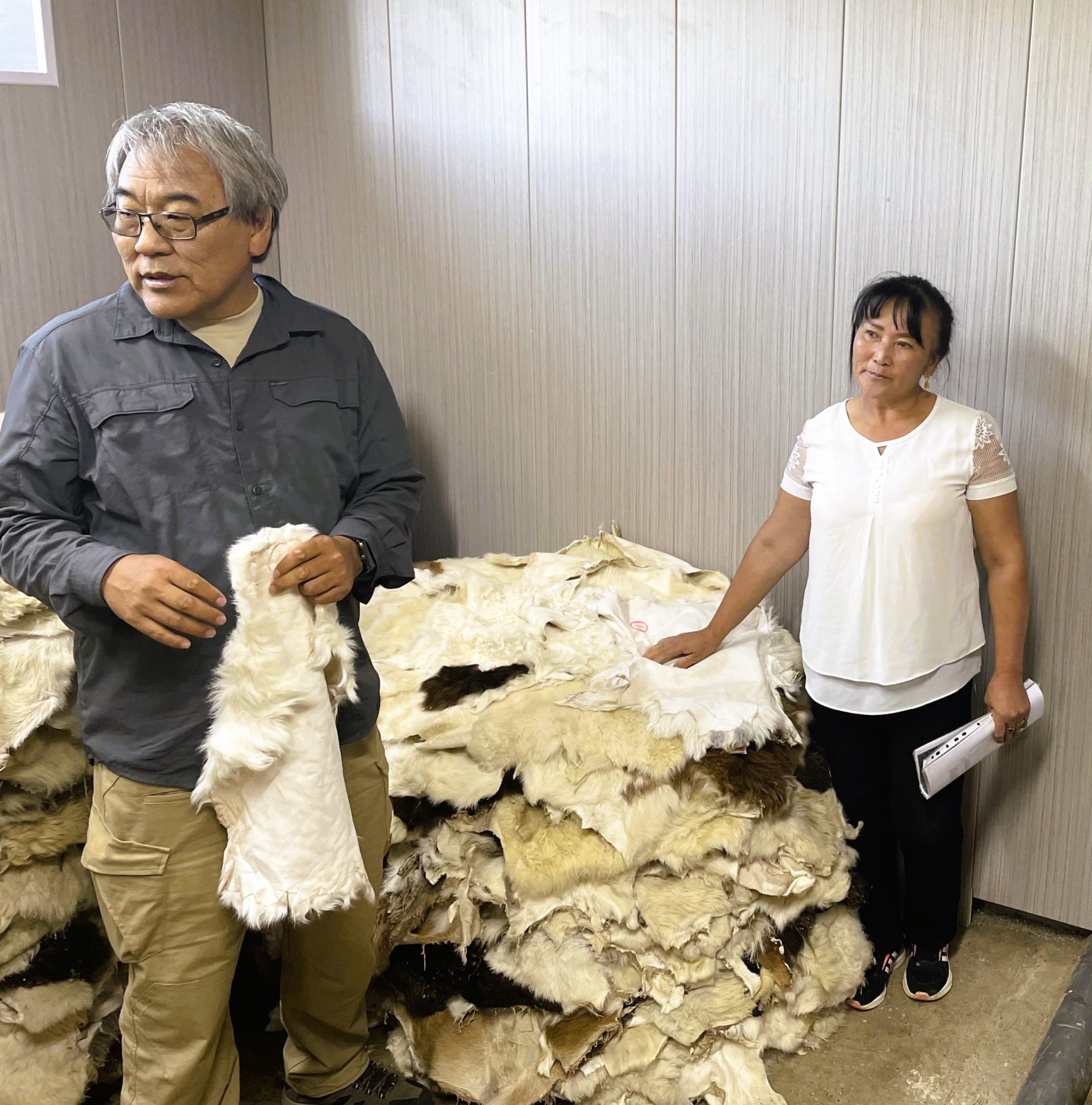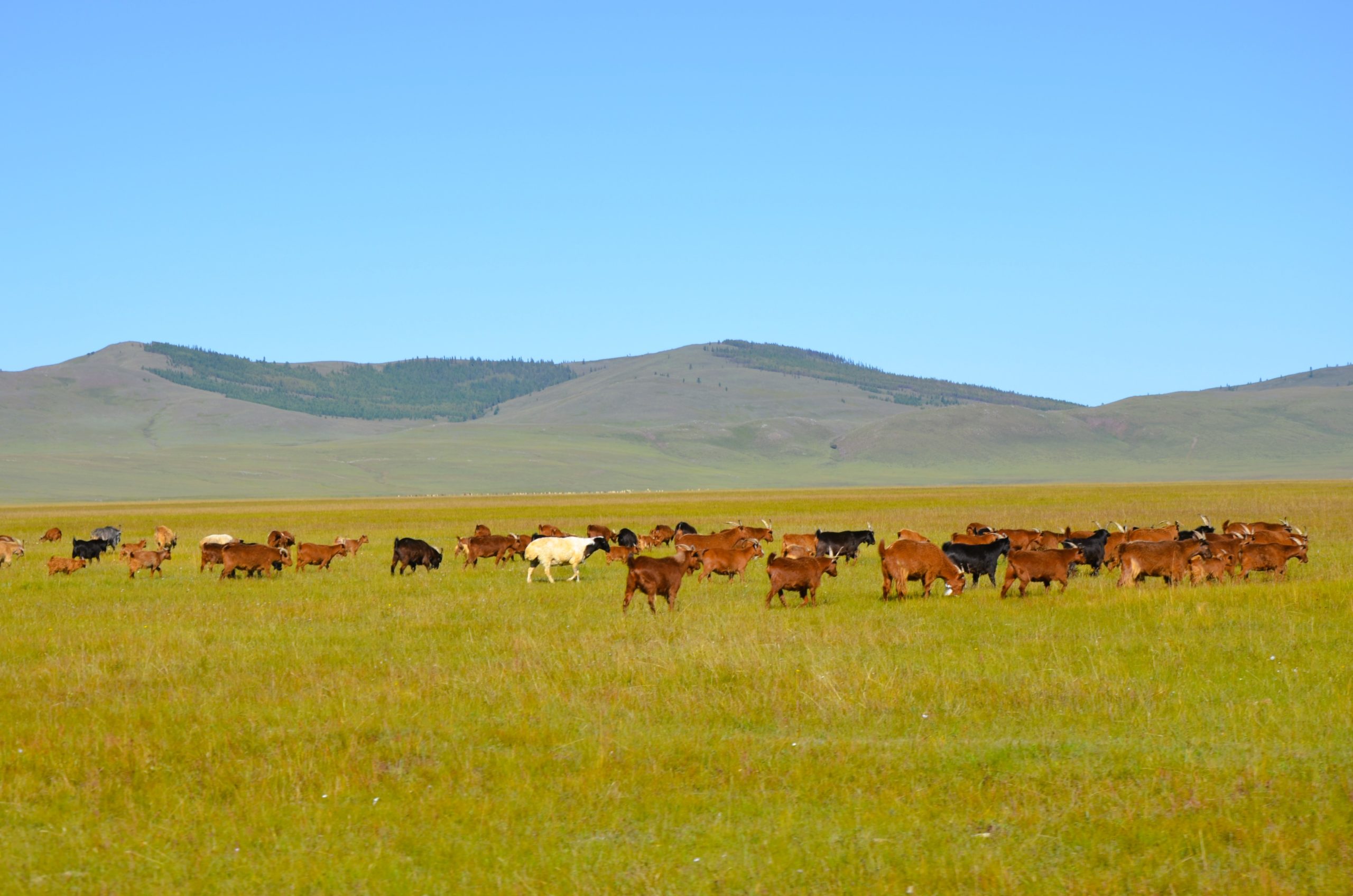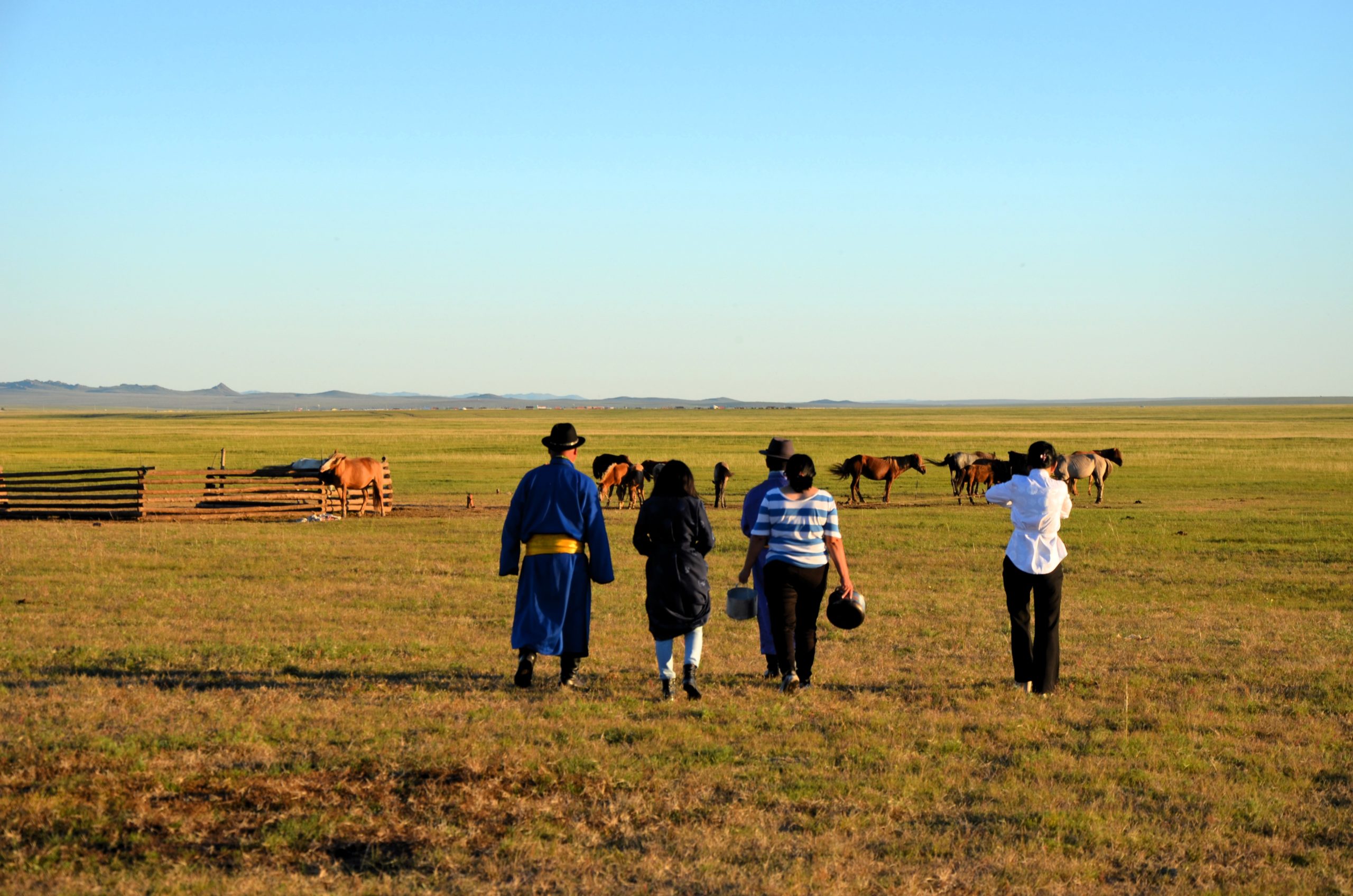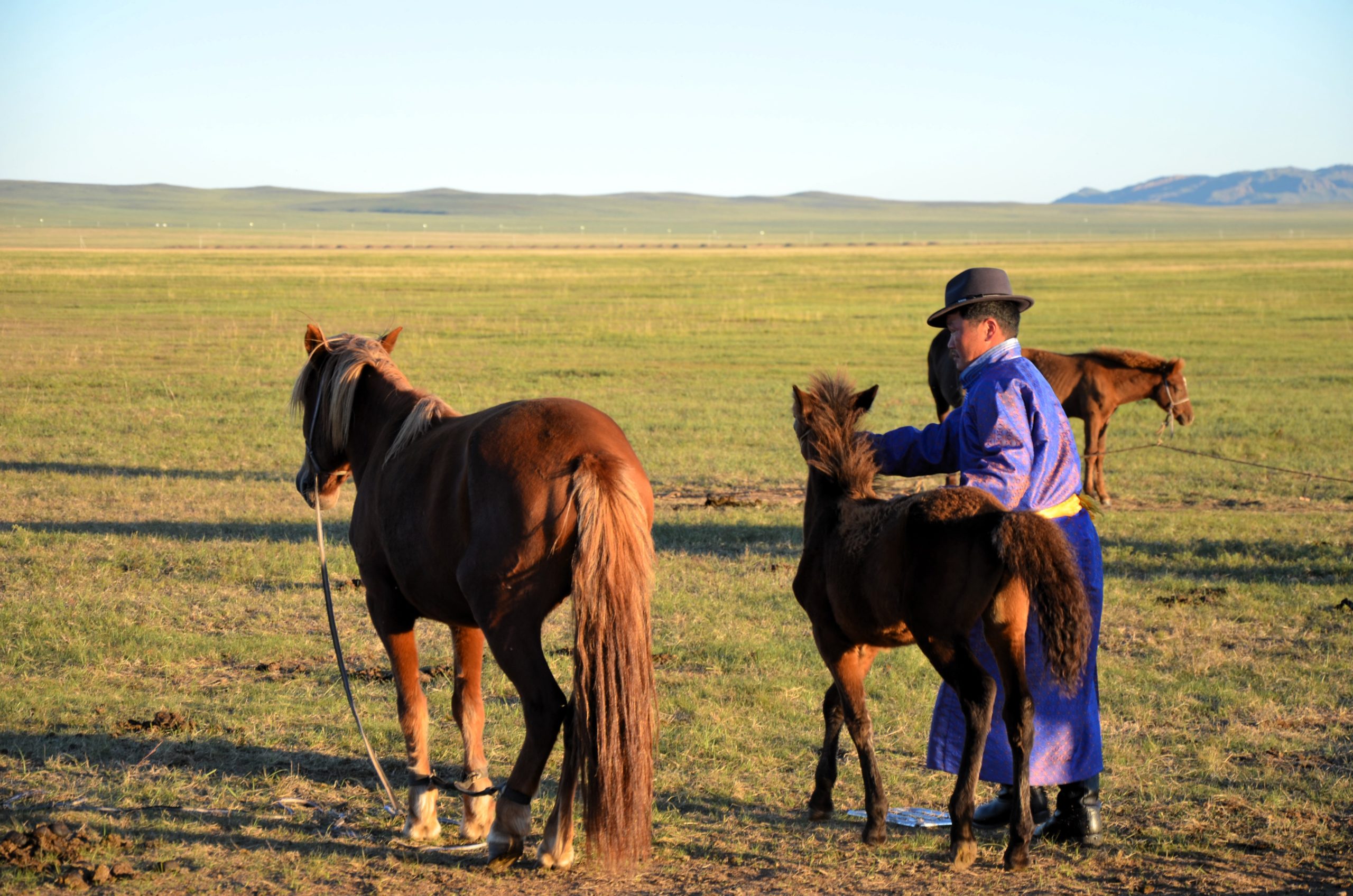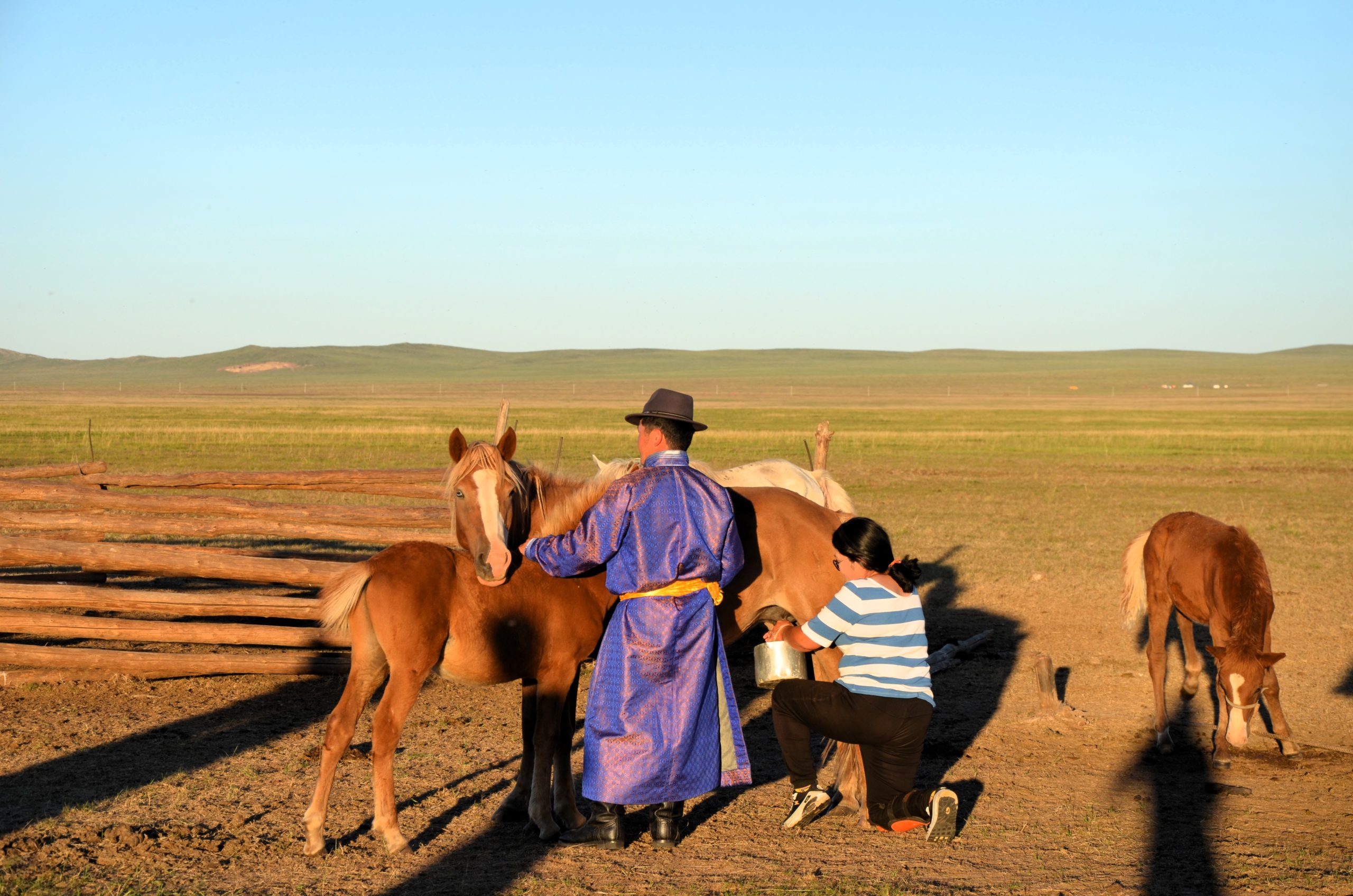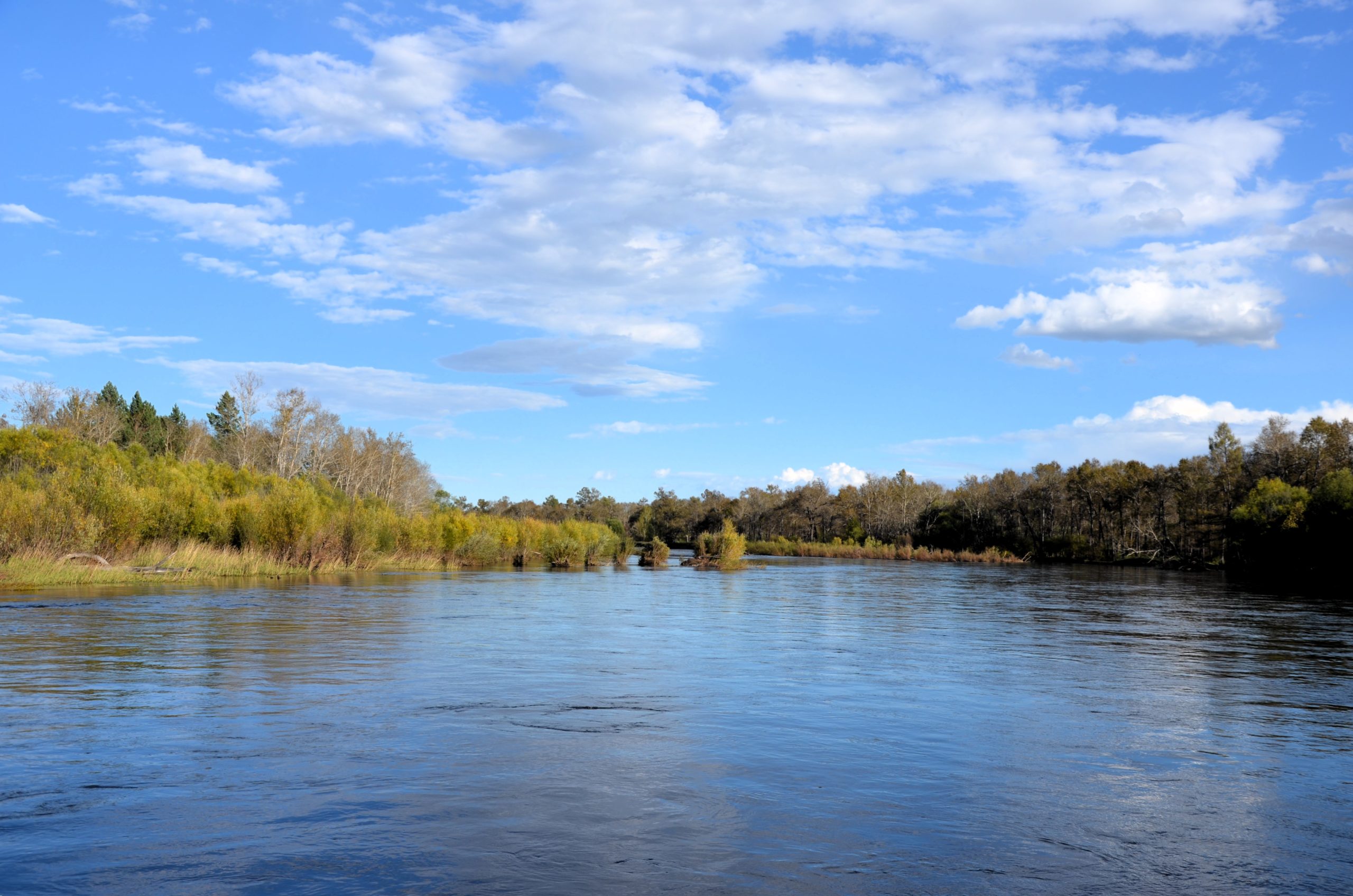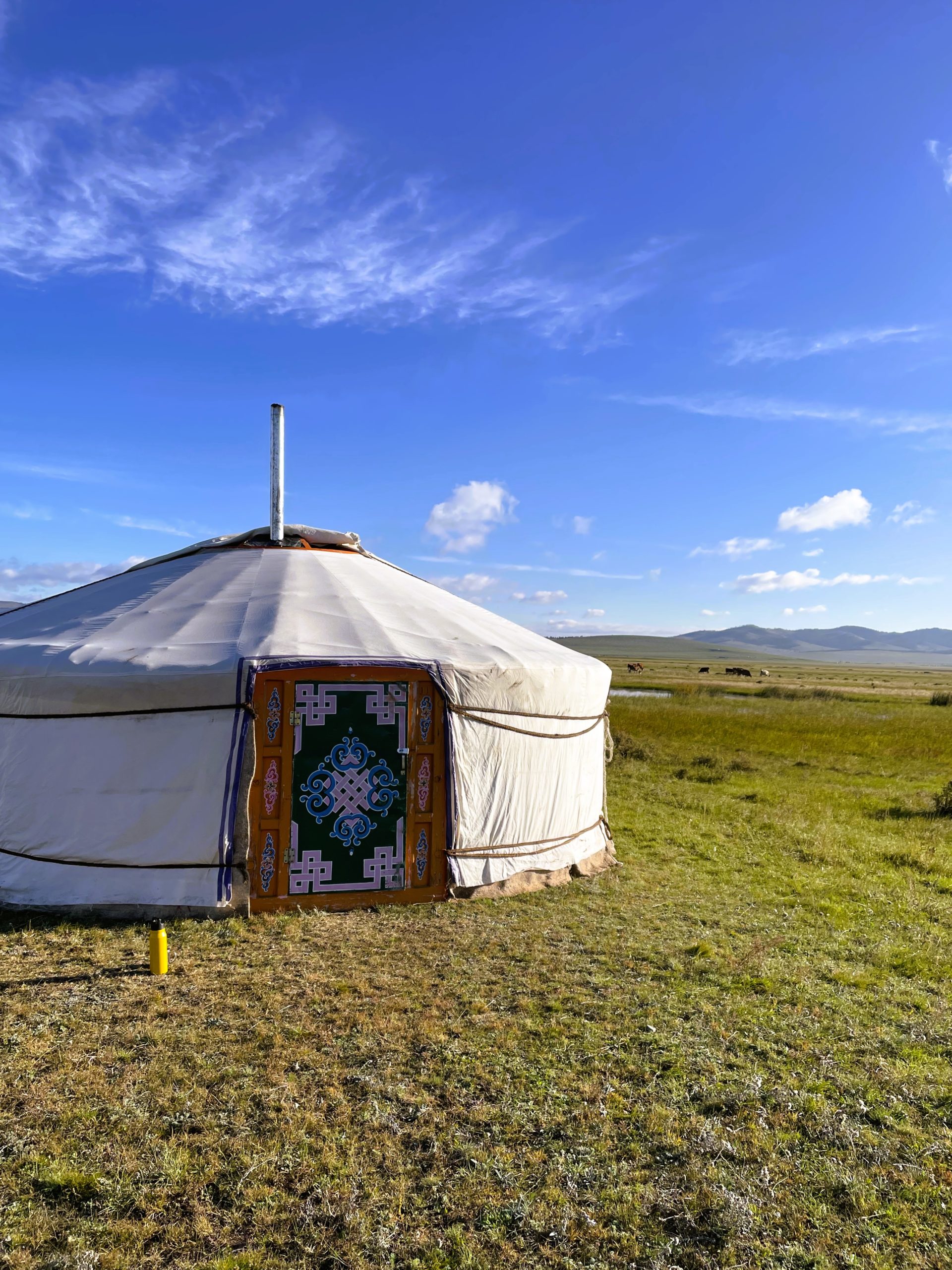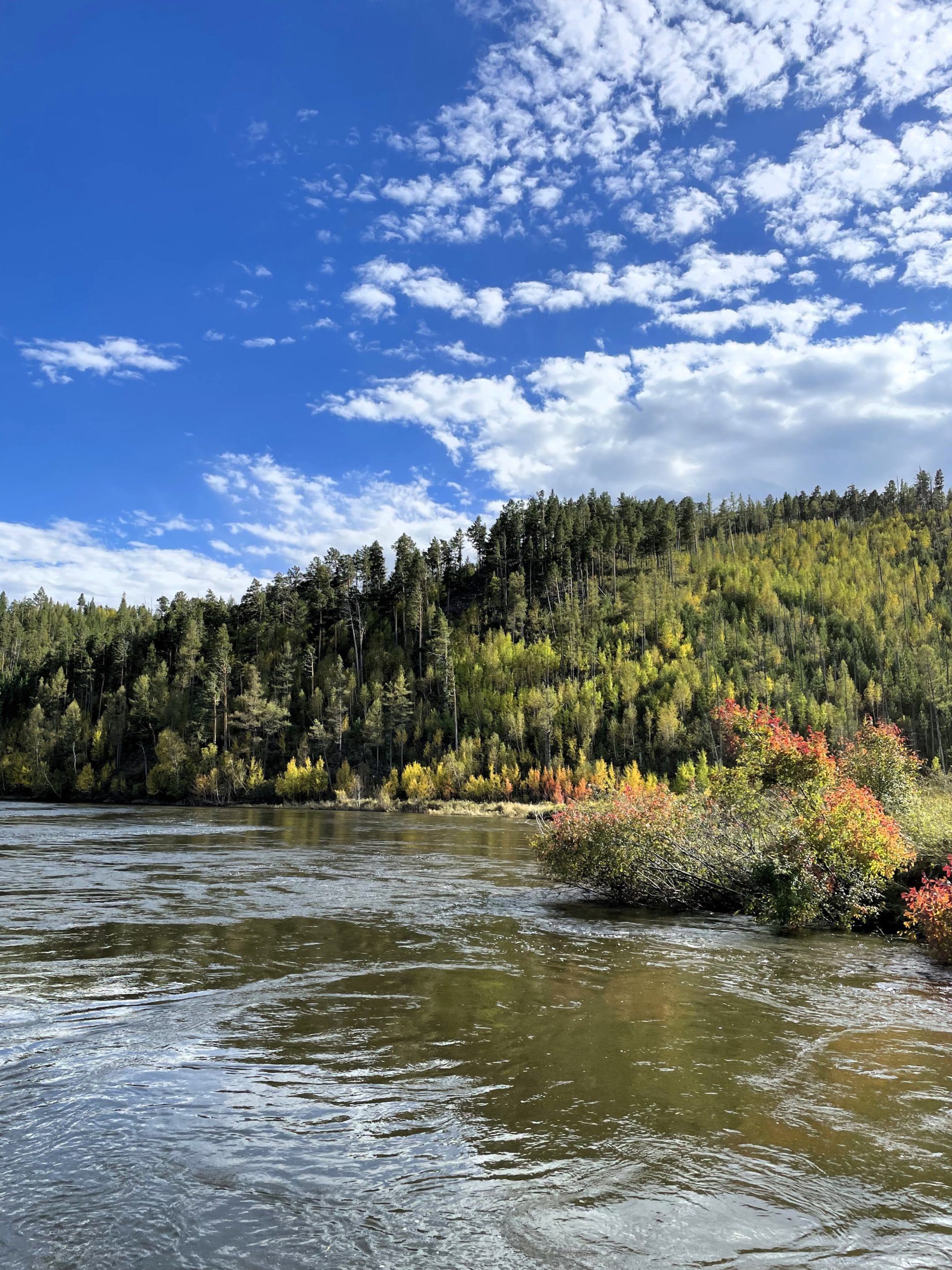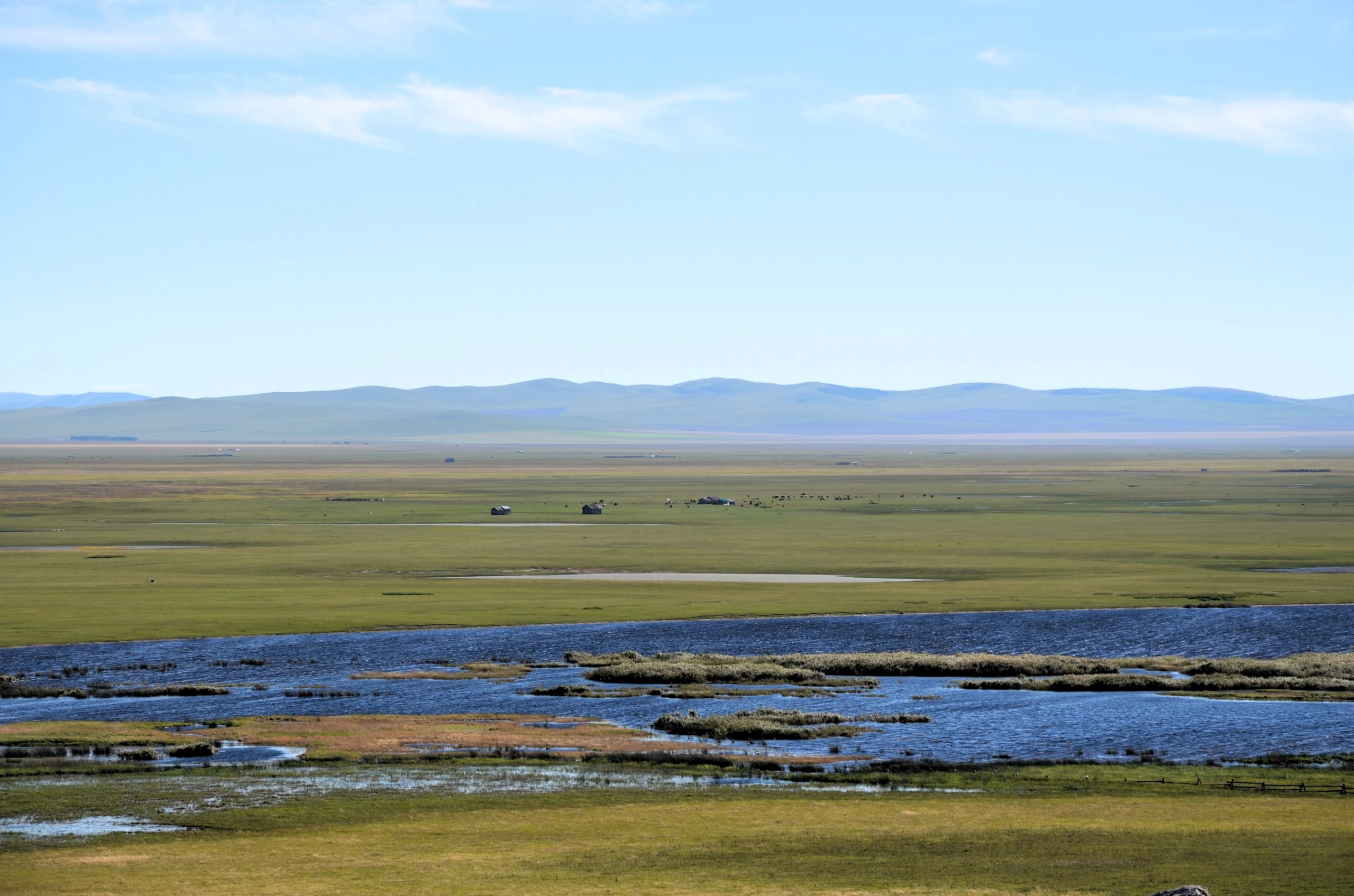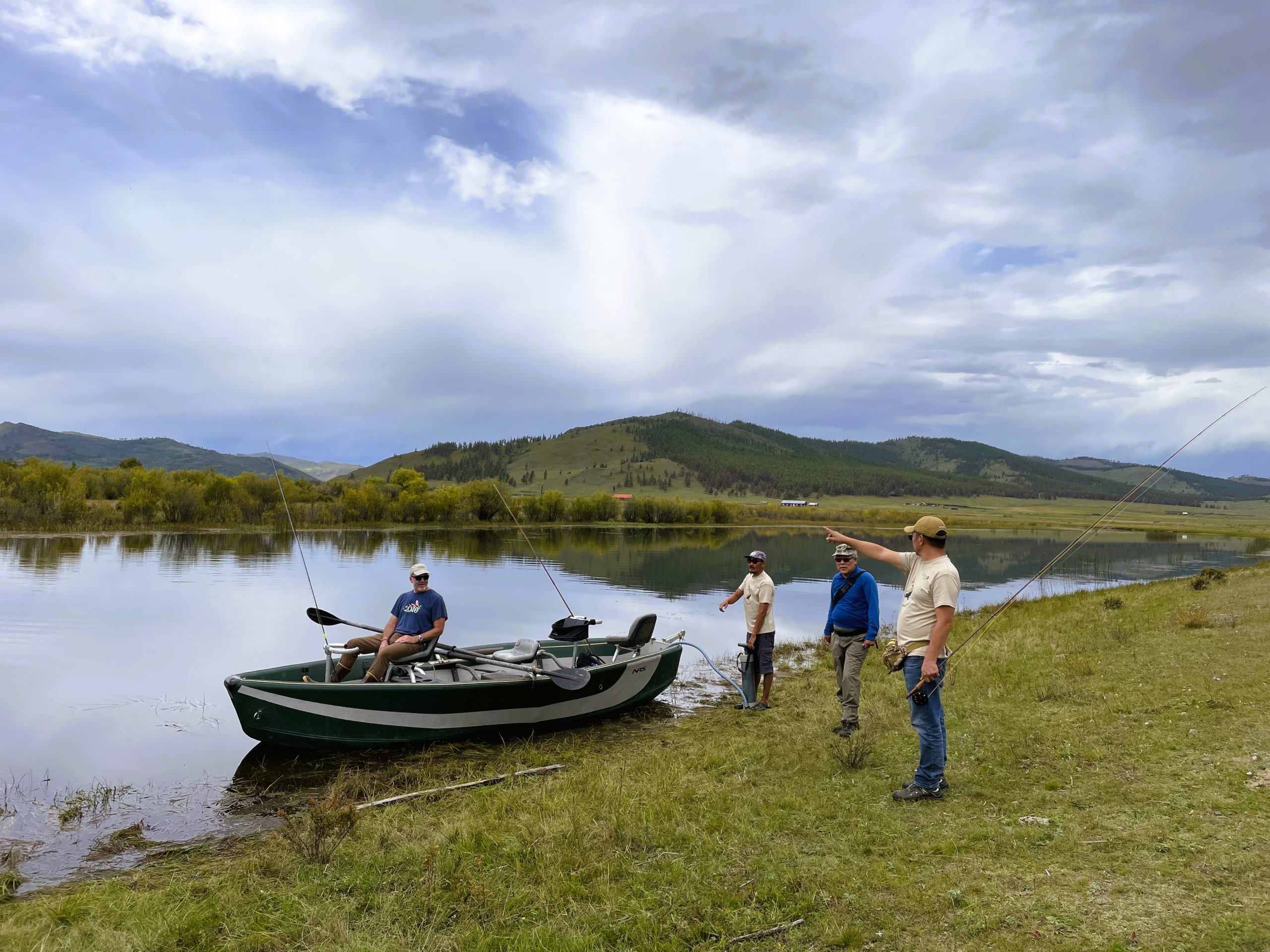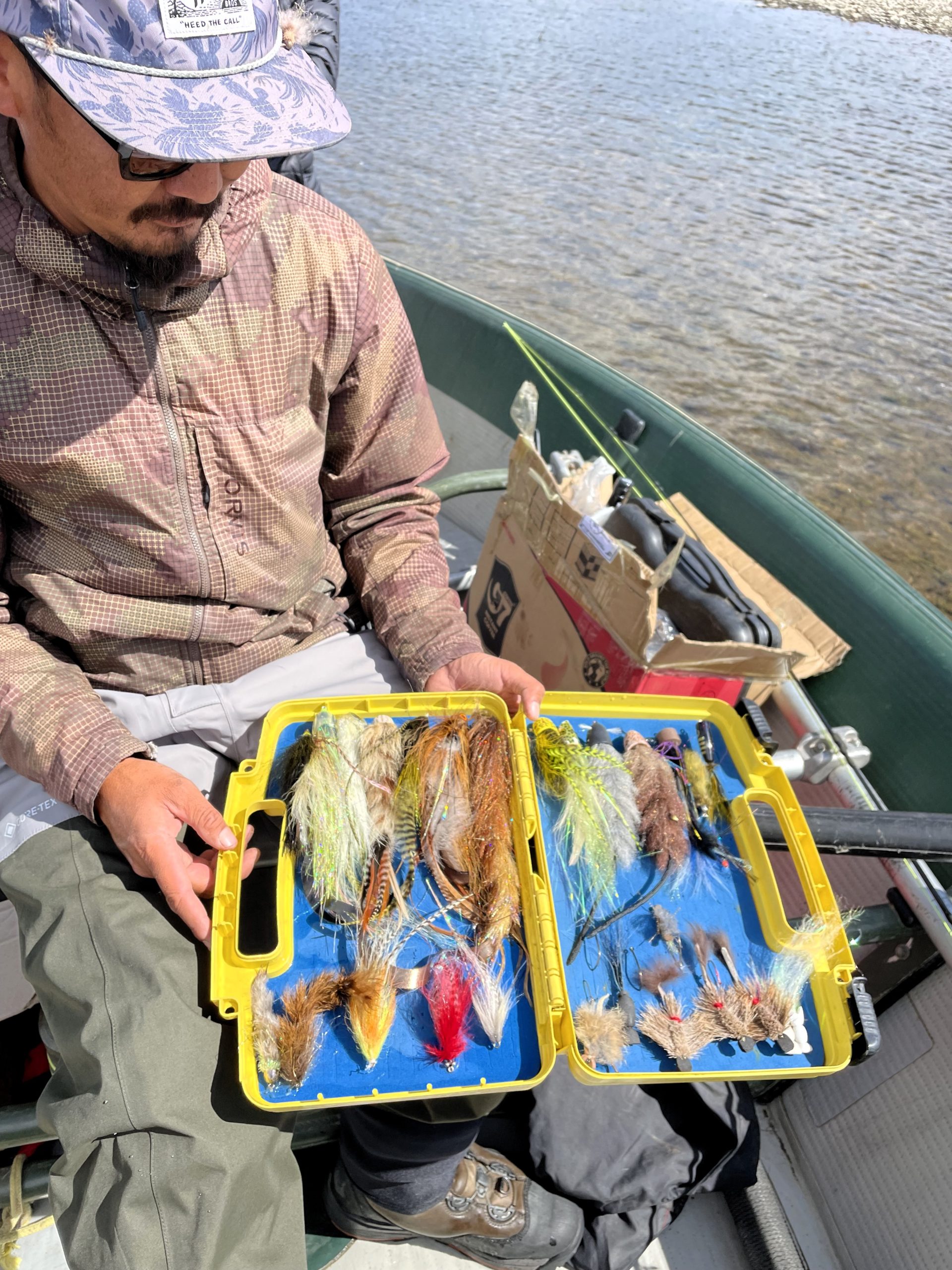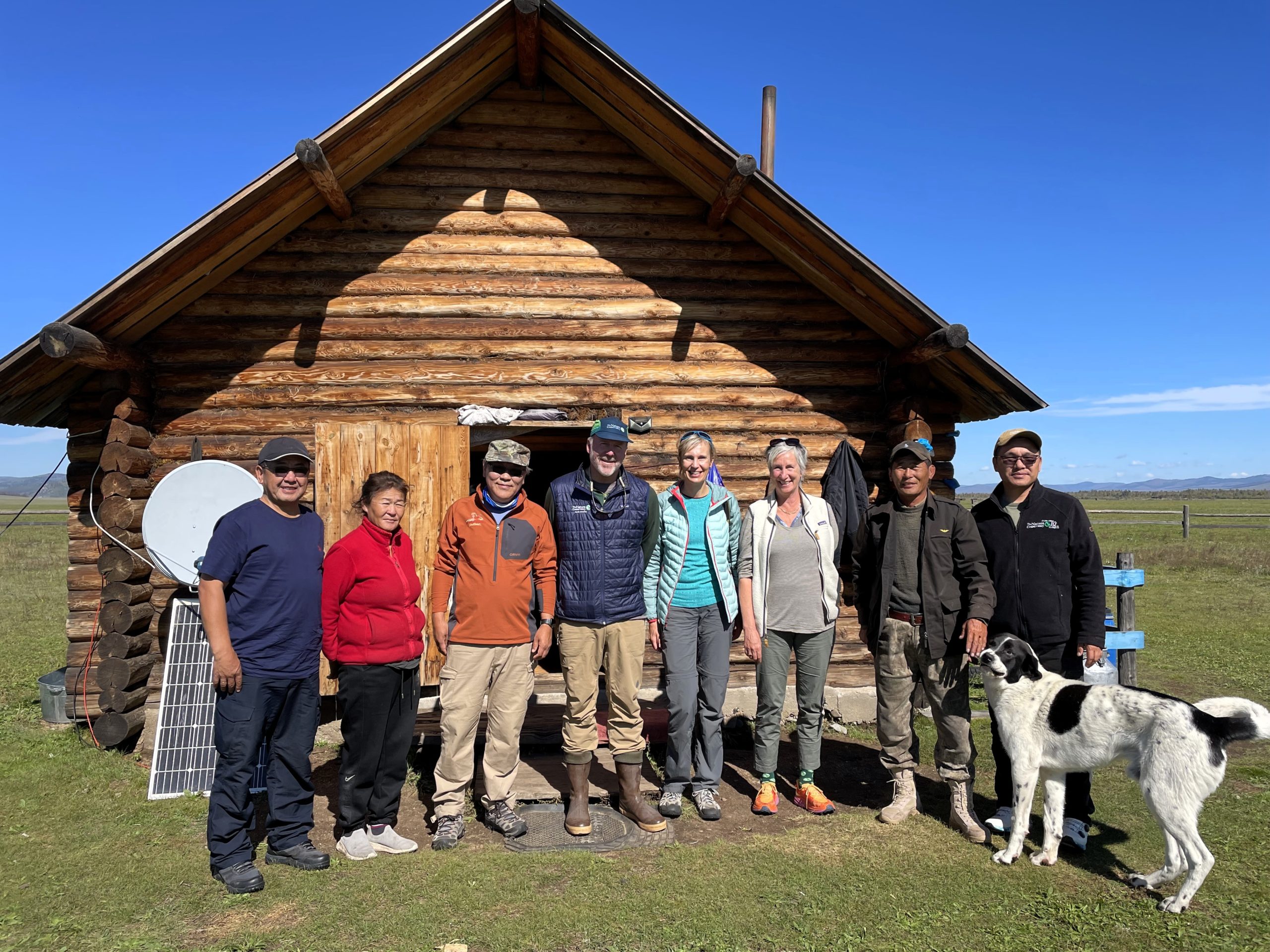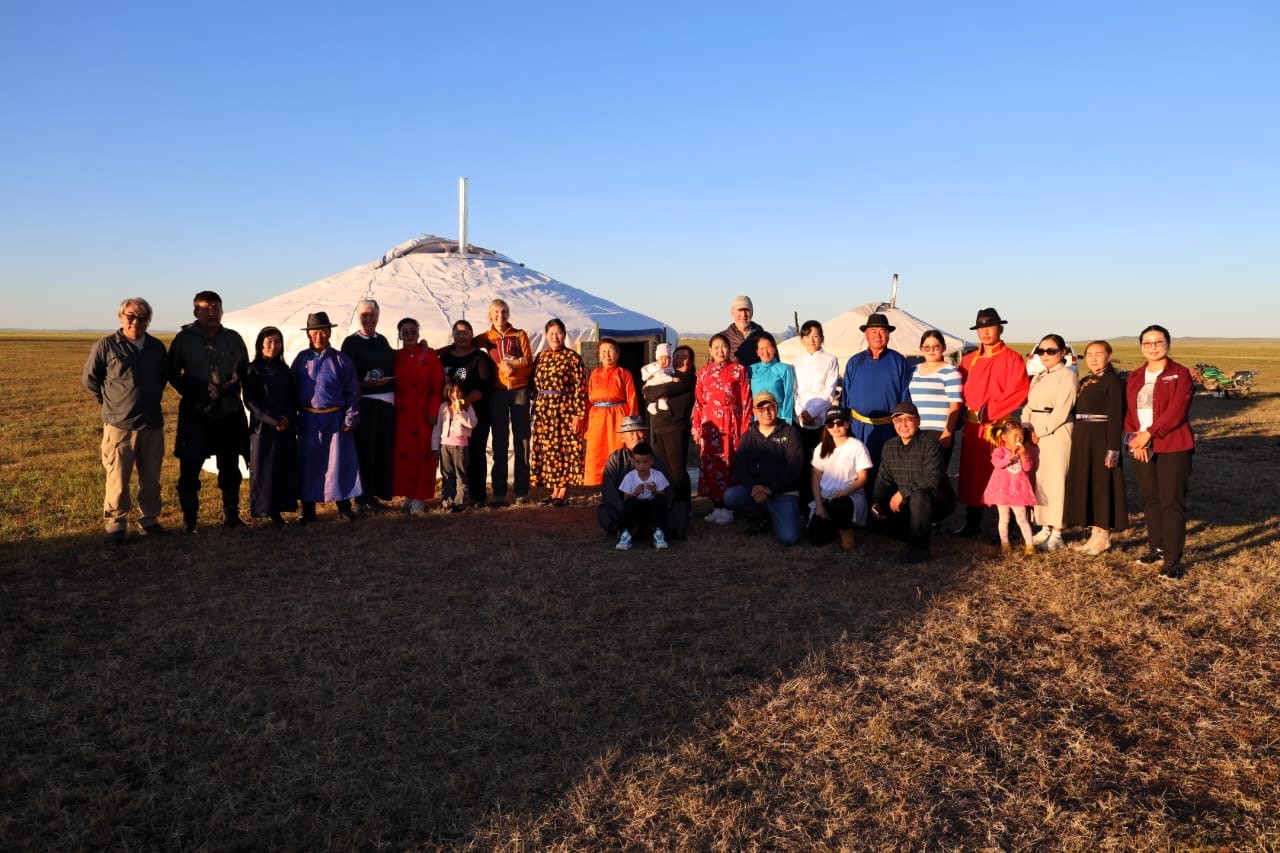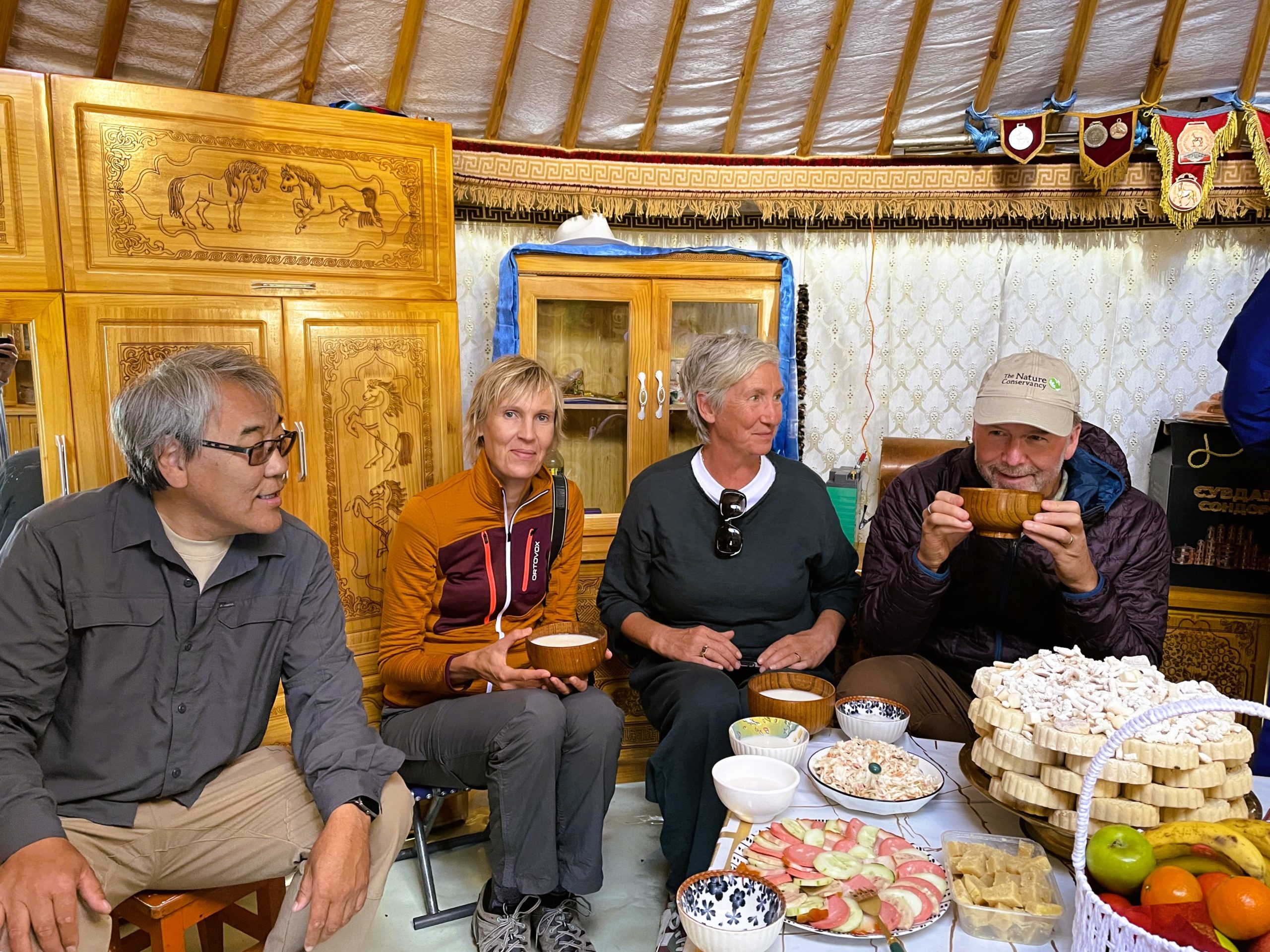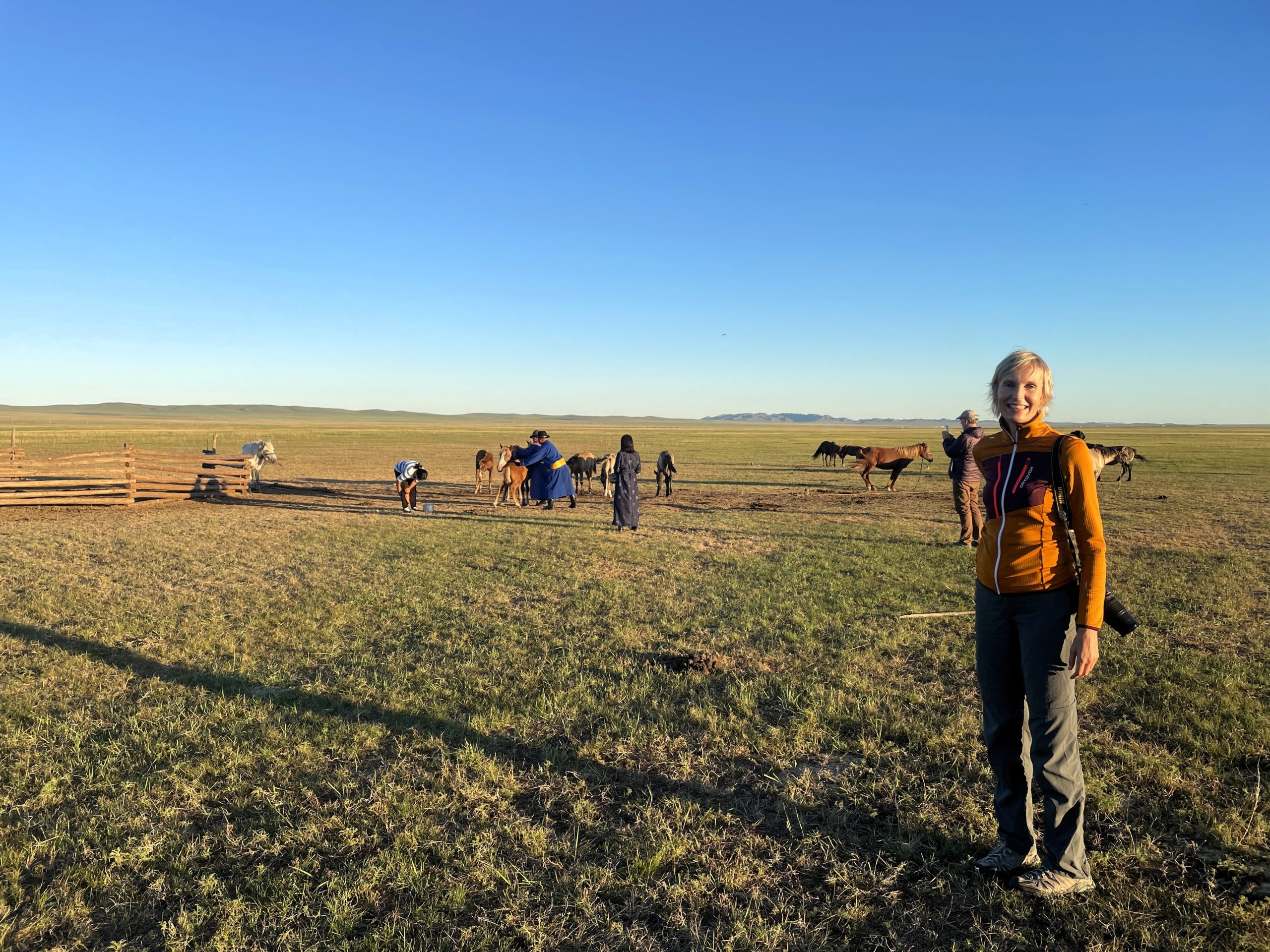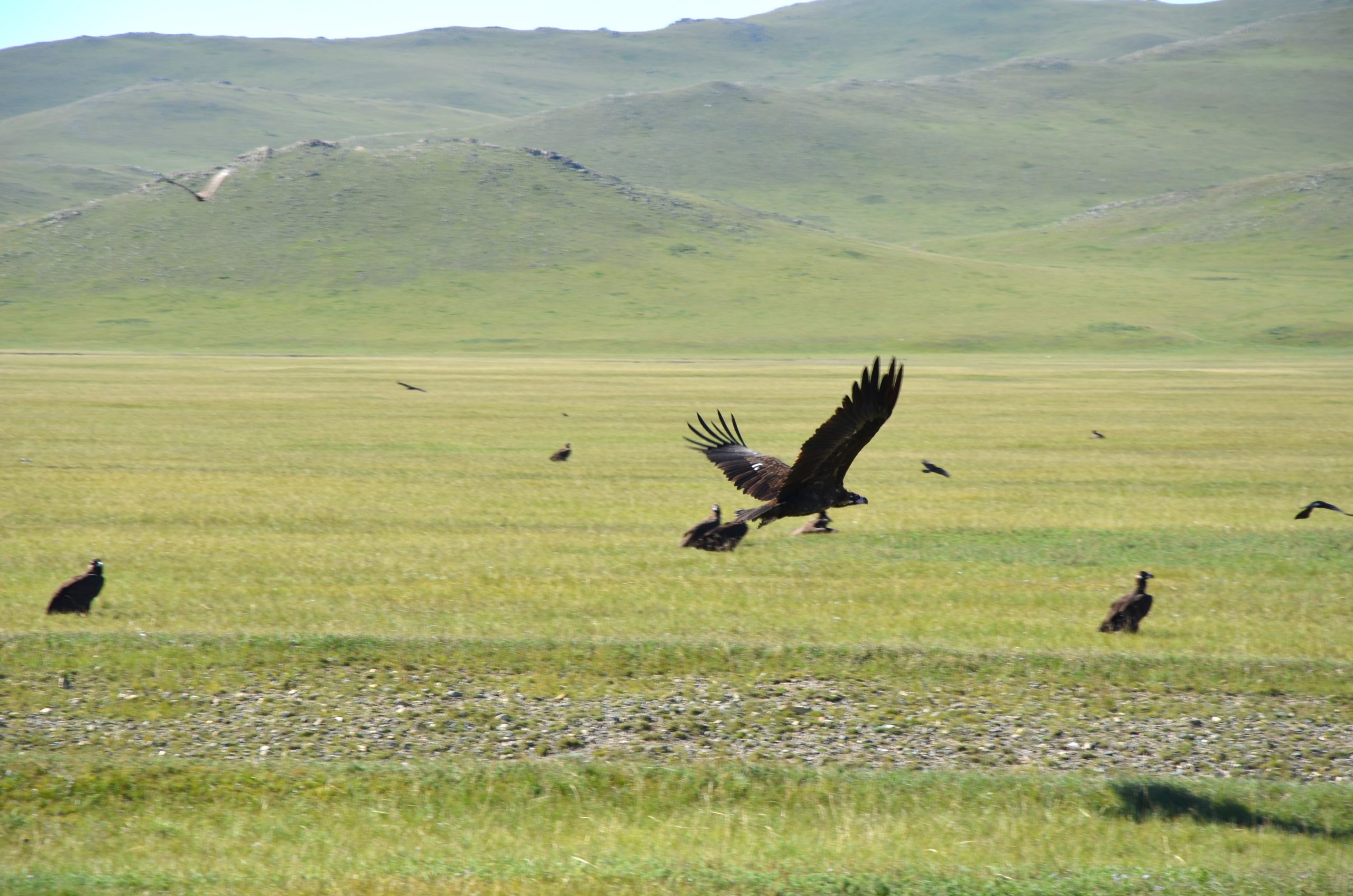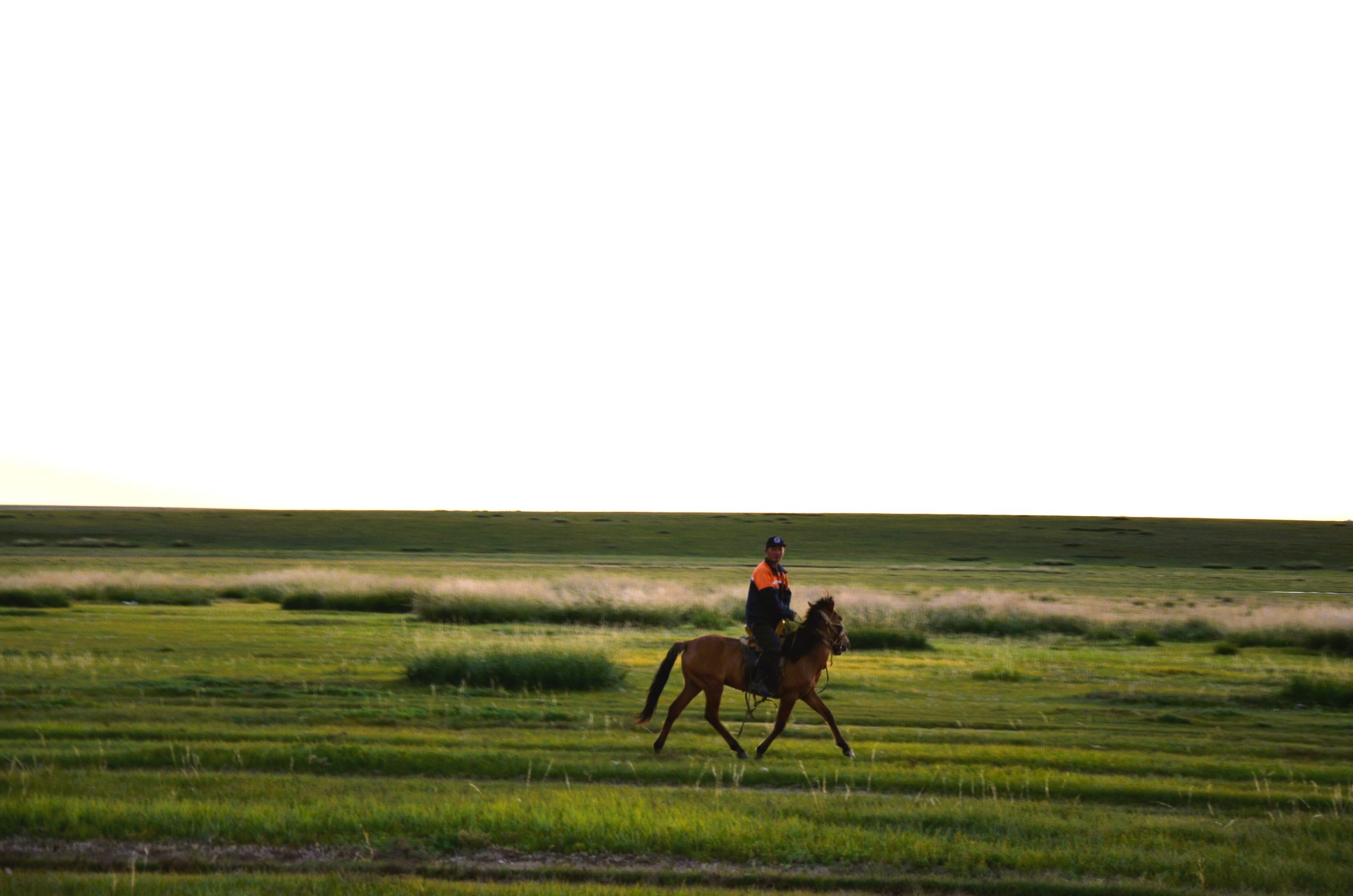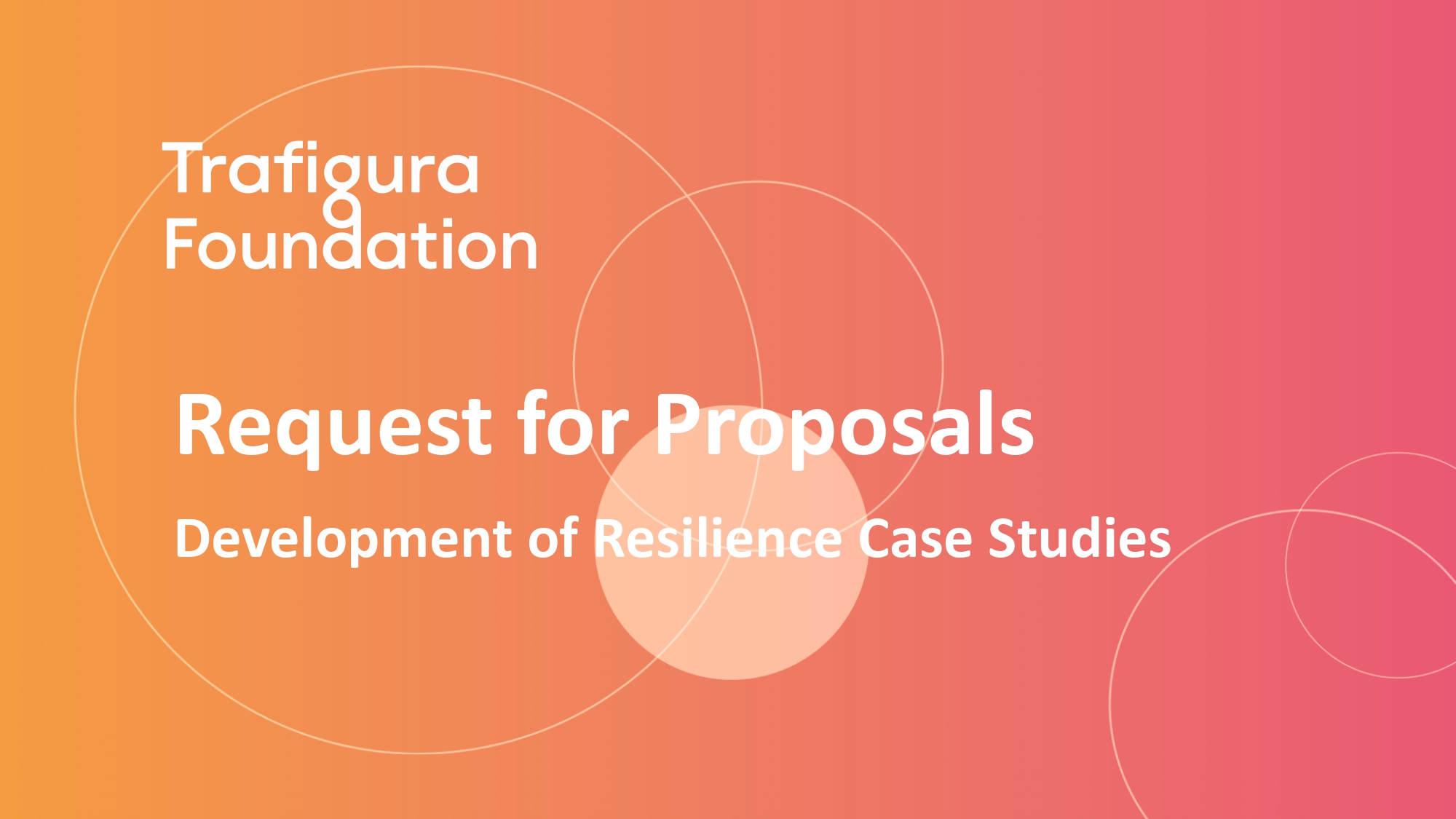TNC is advising an independent trust fund that will receive support from the Foundation and whose goals include boosting the development of ecotourism in Mongolia. How important is that income stream for the partnership’s goals?
I spent several days on the spectacular Onon River, travelling by boat and staying in teepees and yurts supplied by a tour operator. These are amazing, wild landscapes with rich biodiversity and huge potential for more tourism, such as sustainable fishing for taimen, a kind of salmon, and visiting protected areas like the Onon-Balj National Park.
Done well, sustainable tourism can breathe new life into these rural communities and reward them for being great custodians of their natural and cultural heritage. It can create jobs for young people who would otherwise move to the city. International visitors need information, accommodation, amenities, guides and many other services – and they are willing to pay good prices for it.
TNC is already supporting hundreds of community-based organisations, several of whom I was able to meet with, either in the field or in the capital. These established partners will be invaluable in the effort to accelerate climate-resilient rural development under the Eternal Mongolia programme.
What feeling did you come away with?
Hope, because of the country’s magnificent natural resources and beauty, the commitment to sustainable development at the national level, and the human capacities on the ground.
Mongolia was one of the first countries to set the target of protecting 30 percent of its land by 2030 – a goal since embraced by the rest of the world. Now it is embarking on the Eternal Mongolia initiative, whose 15-year timeframe creates the space for good planning and adaptive management.
Just as importantly: at all of my stops, I found people who were very hospitable to outsiders, extremely knowledgeable about their environment, and who were capable and resilient – all good ingredients in communities grappling with how to adapt to new challenges.
So, this can be Mongolia’s moment to shine, and we are pleased to be making a contribution to unlocking its potential.
END

